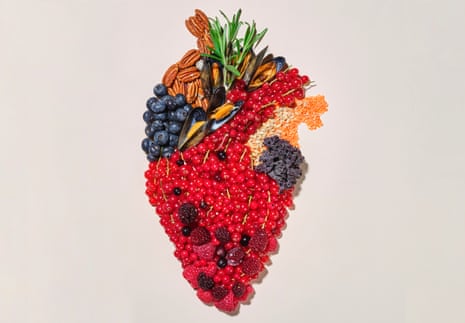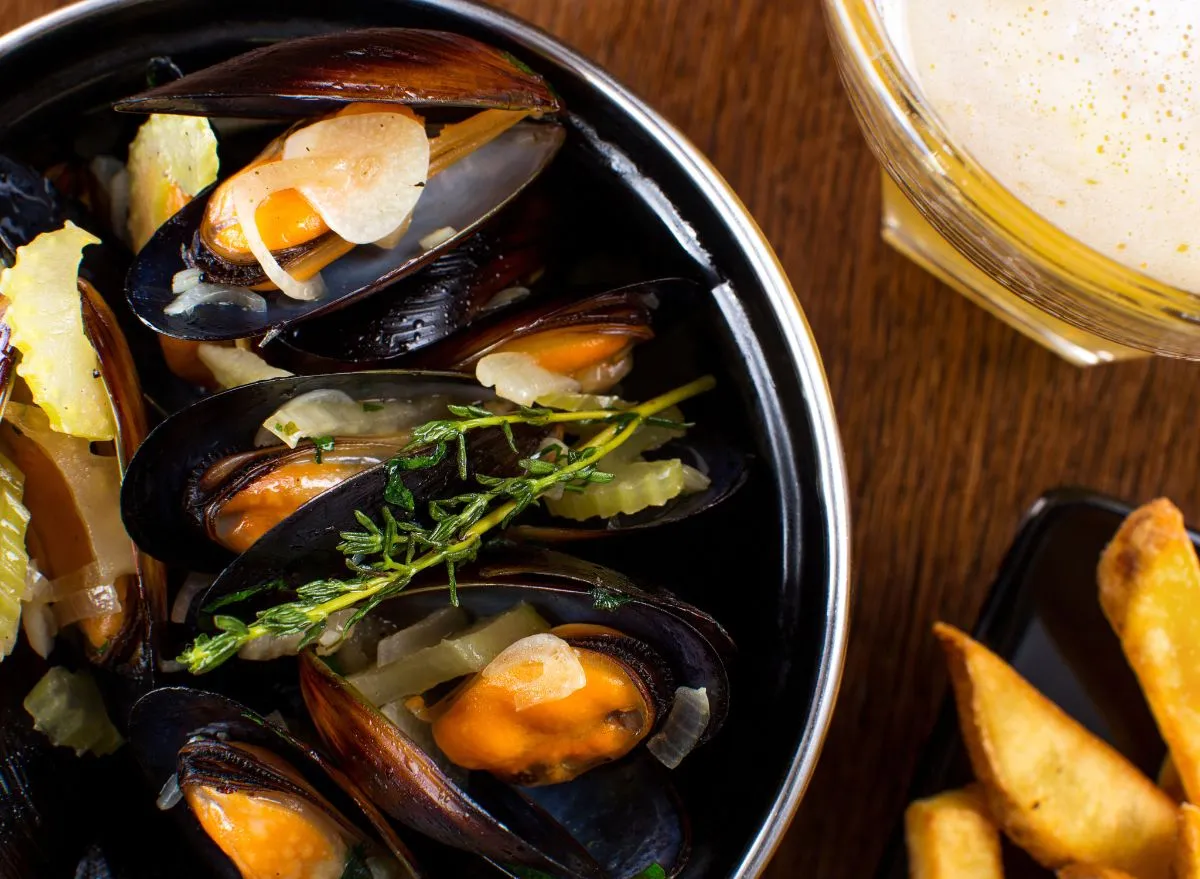18 foods to boost your health – and the planet’s

From chicken and kimchi to berries and barley, incorporate these nutritious foods into your diet and we’ll all feel the benefit
Kale
The posterboy of vegetables: healthy for your gut and the planet, and easy to grow at home.
Red split lentils
Easy to cook, high in protein, fibre and iron, great for our microbiome and very affordable. An easy addition to soups and sauces, and great for young children and babies. They can be grown all year – and help fix nitrogen into the soil.
Chickpeas
High in protein and prebiotic fibres. Tinned chickpeas are great in curries, hummus or to roast in the oven as a high-fibre snack. Can also be made into a tofu by blending with water and setting. Good for a healthy gut and planet as they are climate resilient.
Soya beans
Easy to grow and surprisingly high in protein. Great as a snack or to add to dishes.
Nuts
Great source of fibre, protein and polyphenols. Improve health when consumed regularly and improve blood glucose control. They also require less intensive farming methods.
Mushrooms
An underrated source of a multitude of nutrients: mushrooms may reduce chronic disease, improve our vitamin D levels and are a great source of vegetable protein while having a neutral or even negative carbon footprint.
Berries
Blueberries, raspberries and blackberries can be frozen when in season locally, – reducing the transport of berries across continents. Cheap ones are as good as expensive types for fibre and polyphenols.
READ RELATED: You be the judge: should my bodybuilder housemate stop hogging the kitchen?
Barley and buckwheat
Whole grains are excellent for longevity and health: nutritious, delicious and with fewer readily available starches causing fewer blood sugar spikes. (Not quinoa, as this not only causes greater sugar spikes, but also impacts Peruvian farmers as they grow masses of quinoa instead of other diverse indigenous plants to meet demand.)
Clams and mussels
Sustainable and ethical seafood filled with potassium, iron and vitamin B12.
Organic eggs
A great source of protein, as well as omega fatty acids, essential vitamins and amino acids. We should aim to eat two to six a week.
One small chicken
Planet-friendly when eaten for its meat and the carcass used to make a broth. Chicken is the most sustainable farmed meat if limited to one chicken a week for a household of four.
Sauerkraut and kimchi
Naturally probiotic foods that turn unwanted scrap vegetables into a delicious addition to your meal. High in beneficial fermentation products and prebiotic fibres, and cheap to make.
Broccoli
Hundreds of beneficial chemicals that have proven health benefits. Better when steamed with extra virgin olive oil and eaten with vitamin C-rich foods such as tomatoes to aid nutrient absorption. A sturdy plant that grows well in all climates.
Aromatic herbs and spices
Packed with polyphenols, even in small amounts they add to the diversity of our fibre intake. Minimal impact on the environment thanks to being easily grown at home. Add a spice mix to any dish to help your gut microbes.
Food for Life by Tim Spector is published by Vintage (£20). To support the Guardian, order your copy for £17.40 at guardianbookshop.com. Join the waiting list for the ZOE app at joinzoe.com
Source: Health & wellbeing | The Guardian




